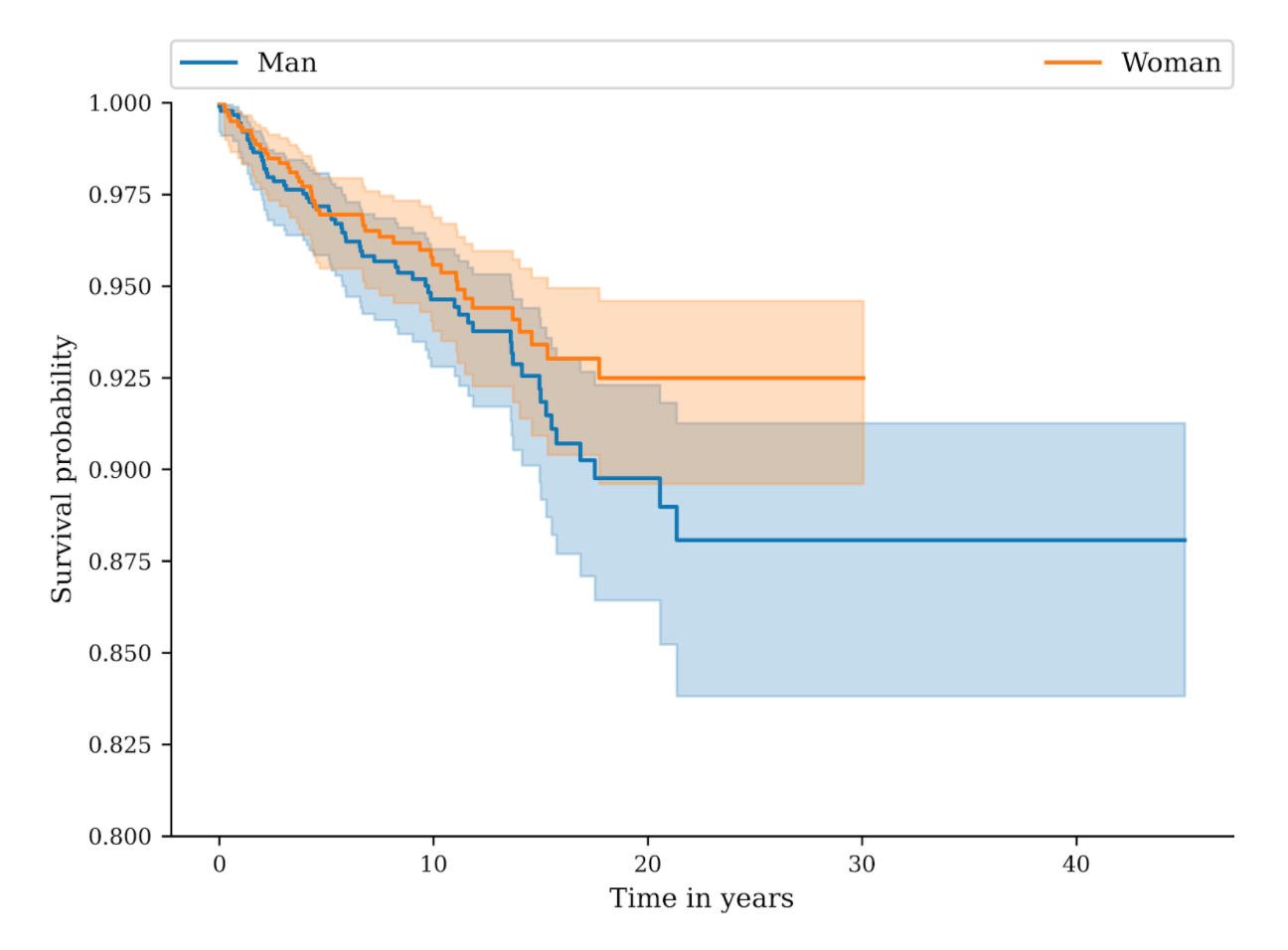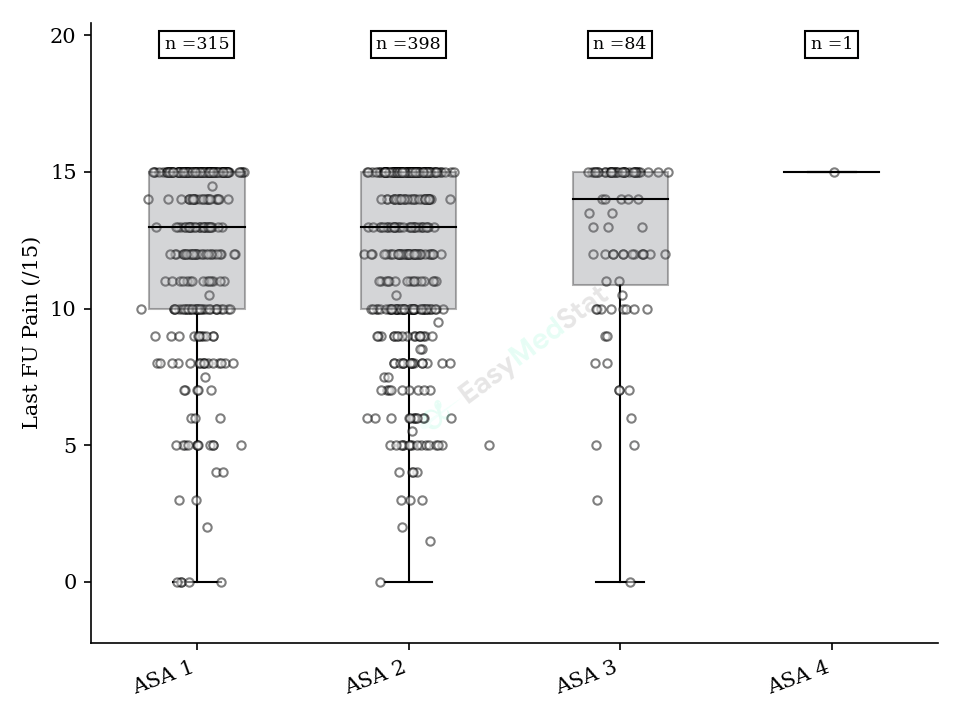Multivariate Linear Regression Online Calculator
A better way to perform your statistics
Linear regression with no effort
Just pick the variables that you want to study and EasyMedStat will calculate the results of your linear regression. There’s no need to code and no statistical knowledge required.
Automated methodology check
To perform a linear regression, your data must follow some conditions. We will check everything automatically for you: missing data, extreme values, multicollinearity, normality of the residuals … all the things you do not want to waste time on.
Generated texts to be included in your article
What should you write in the methods and results section of your articles? We generate all that text for you automatically!
What is a linear regression?
Linear regression is a statistical technique that allows you to model a numeric variable according to other variables (predictors). Linear regression is used very frequently in medical research to understand predictive factors related to a clinical score or lab test result. For example, if someone wants to predict systolic blood pressure according to age, the use of blood pressure medications, weight, etc., they can use multiple linear regression.
Why is it necessary to perform a multiple regression?
In medical research, an outcome is hardly predictable by only one factor. Many parameters may come into play: genetics, environmental exposure, way of life, use of medications, etc. If you want to take into account all the parameters concomitantly to explain the disease or the outcome you are studying, simple statistical analyses will not be sufficient. You will need to perform a multiple regression. In a multiple regression, we study the simultaneous effect of several predictors on one variable we want to predict.
Multivariable or multivariate analysis?
Both terms are often used interchangeably in the medical domain. However, they are truly different and the difference is easy to understand. A multiple (multivariable) regression is the method used to model one variable according to several other variables. For example, modeling the 5-year survival of a patient according to age, BMI, disease stage, etc. Multivariate analysis also models the relation between variables. However, the outcome you want to model is measured for the same individual at multiple time points (repeated measures). So instead of one variable to predict (multivariable analysis or multiple regression), you actually have multiple variables to predict (multivariate analysis).





